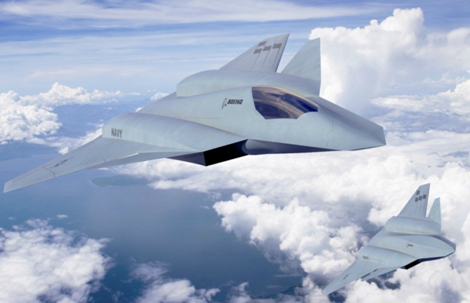
Will future US Air Force machinery be made using 3D printing? For some parts, most likely
3D Systems has been awarded two research contracts worth over $1 million dollars to develop advanced aerospace and defense 3D printing manufacturing capabilities at ‘convincing scale’.
Administered by America Makes (the National Additive Manufacturing Innovation Institute) and funded by the Air Force Research Laboratory (AFRL), the contracts centre around the abilities of 3D printing to provide flight-worthy composites and metal-printed parts, on a precision closed loop and advanced manufacturing and monitoring platform.
The projects look to be a continuation of 3D Systems’ drive into the heart of the manufacturing sector, having already acquired and developed several new technologies for industry over the last year.
The first contract is led by 3D Systems (3DS), in partnership with the University of Delaware’s Center for Composite Manufacturing, Sandia National Laboratory and Lockheed Martin Corporation.
The project is designed to integrate predictive technologies with 3DS’ SLS 3D printers to dynamically monitor parts at the layer level during the manufacturing process, ensuring optimum accuracy and repeatability of manufactured aerospace parts.
The second contract, in collaboration with the Applied Research Laboratory of Pennsylvania State University in partnership with Honeywell International and Northrop Grumman Corporation, leverages 3DS’ Direct Metal 3D printing to study the metal manufacturing process at the layer level in order to produce aerospace parts.
Both projects are set to commence early this year.
“The collaborative and forward looking initiative of America Makes members is driving extraordinary strides in 3D printing centric advanced manufacturing for this important industry,” commented Ralph Resnick, America Makes founding director and executive director. “America Makes is grateful for the support and funding from AFRL to enable important research like this.”






